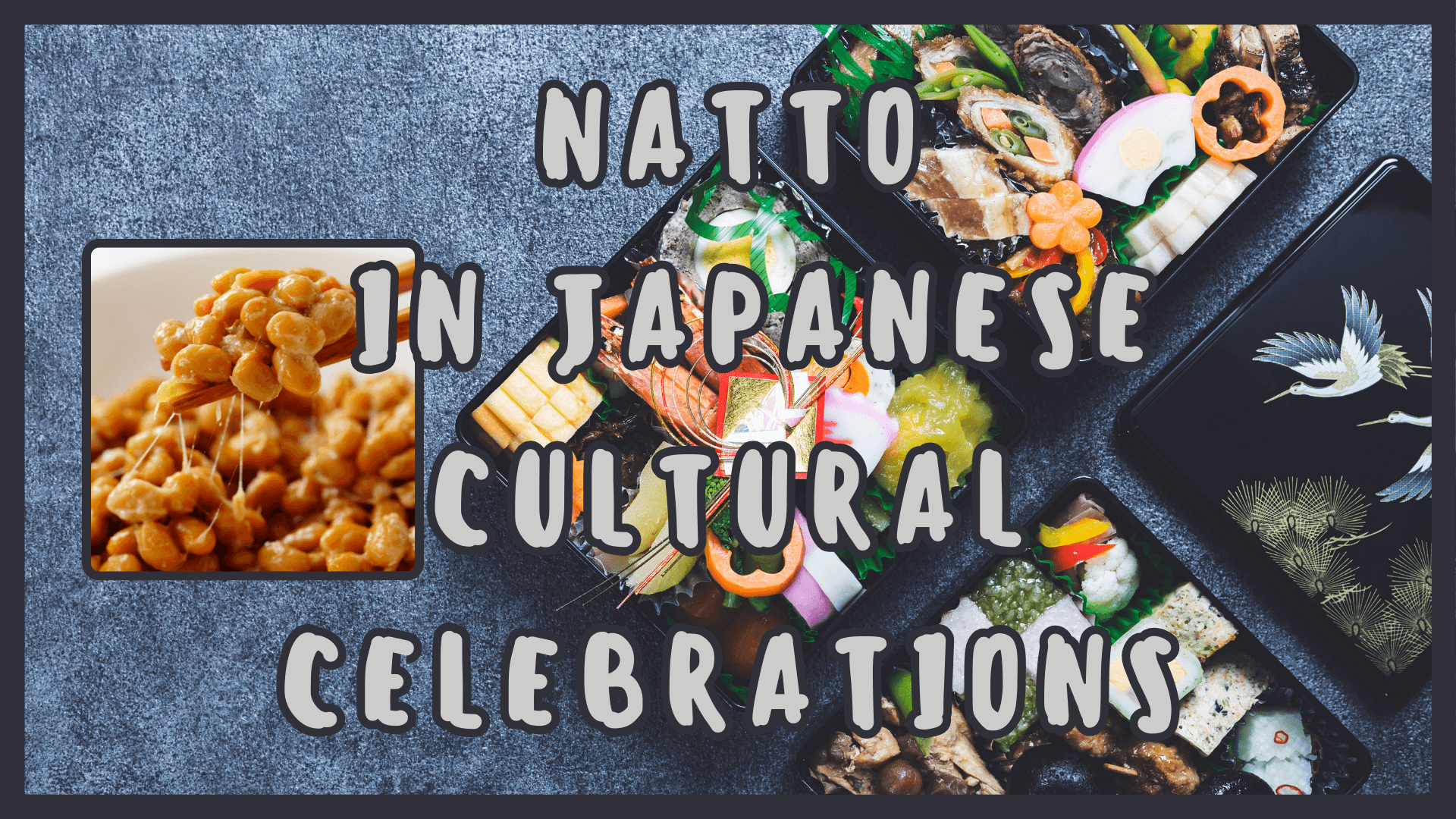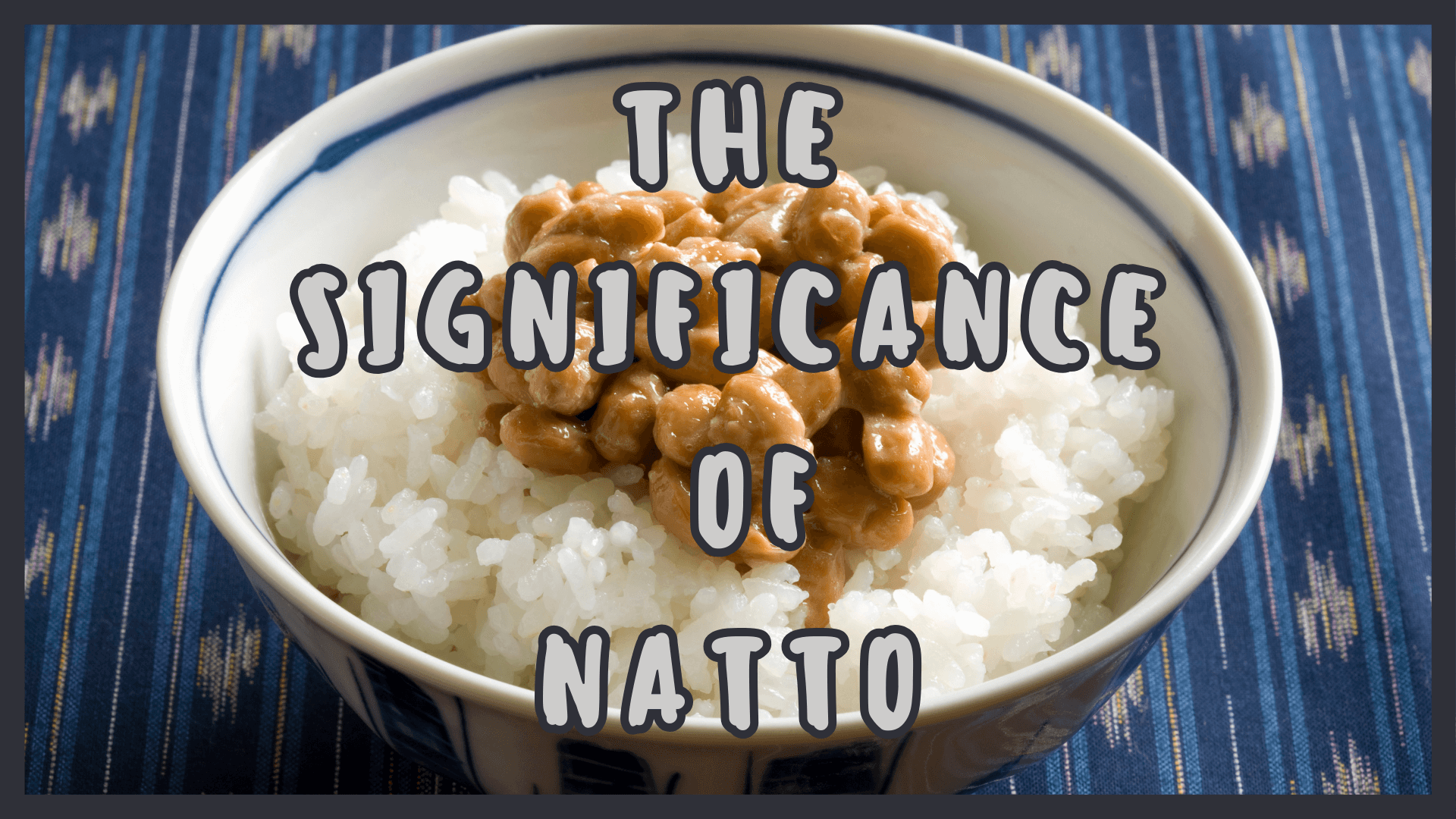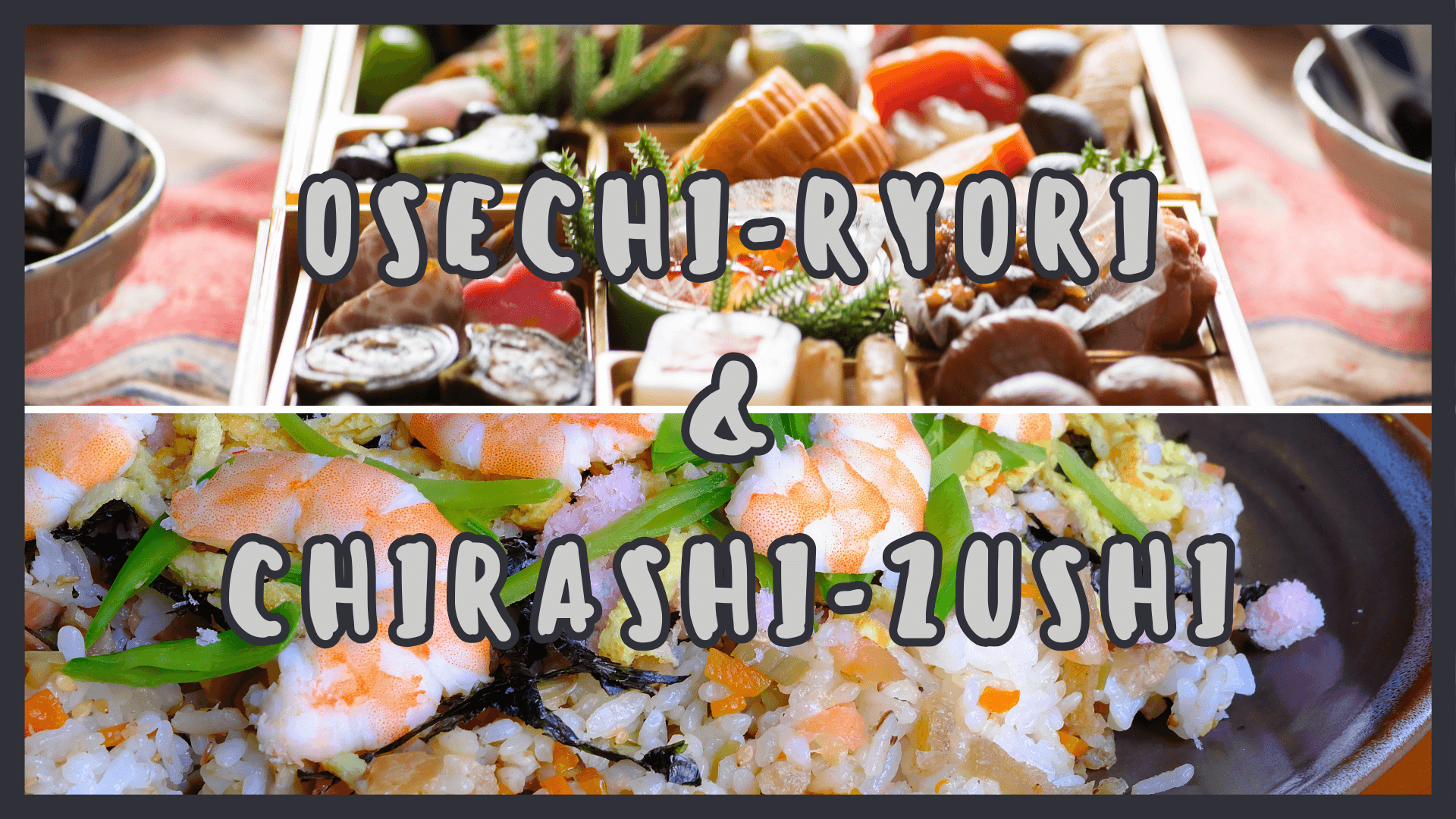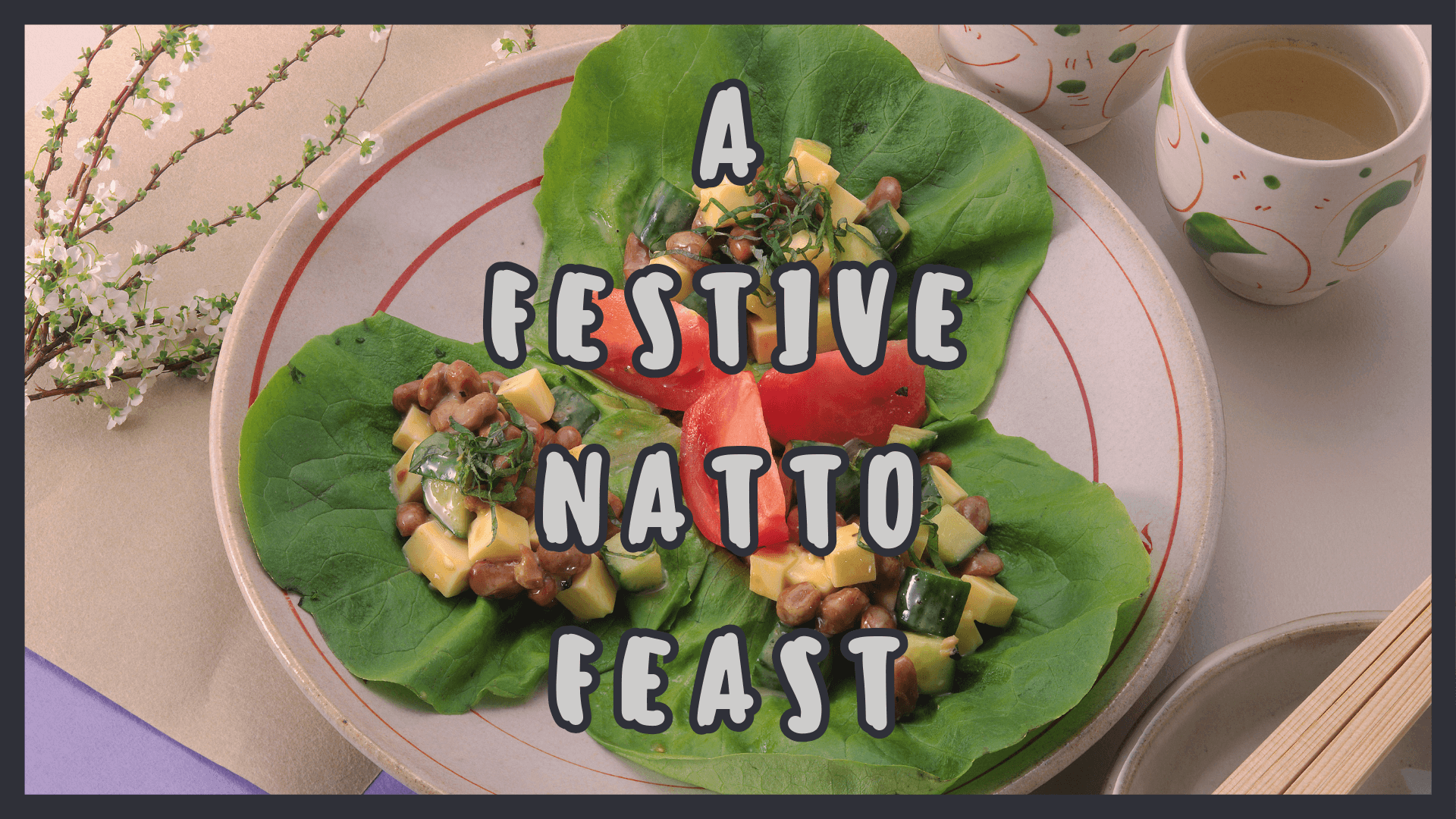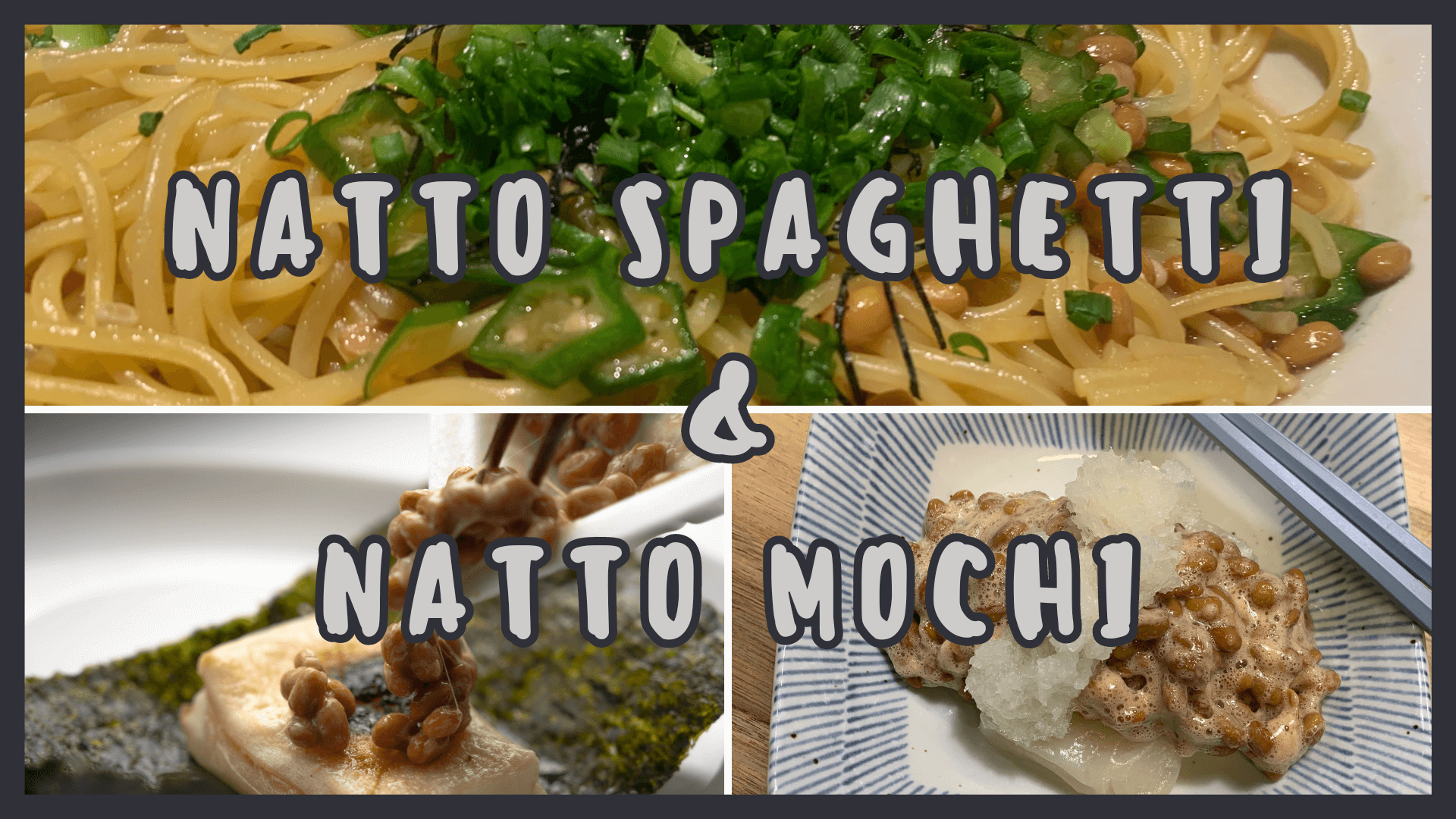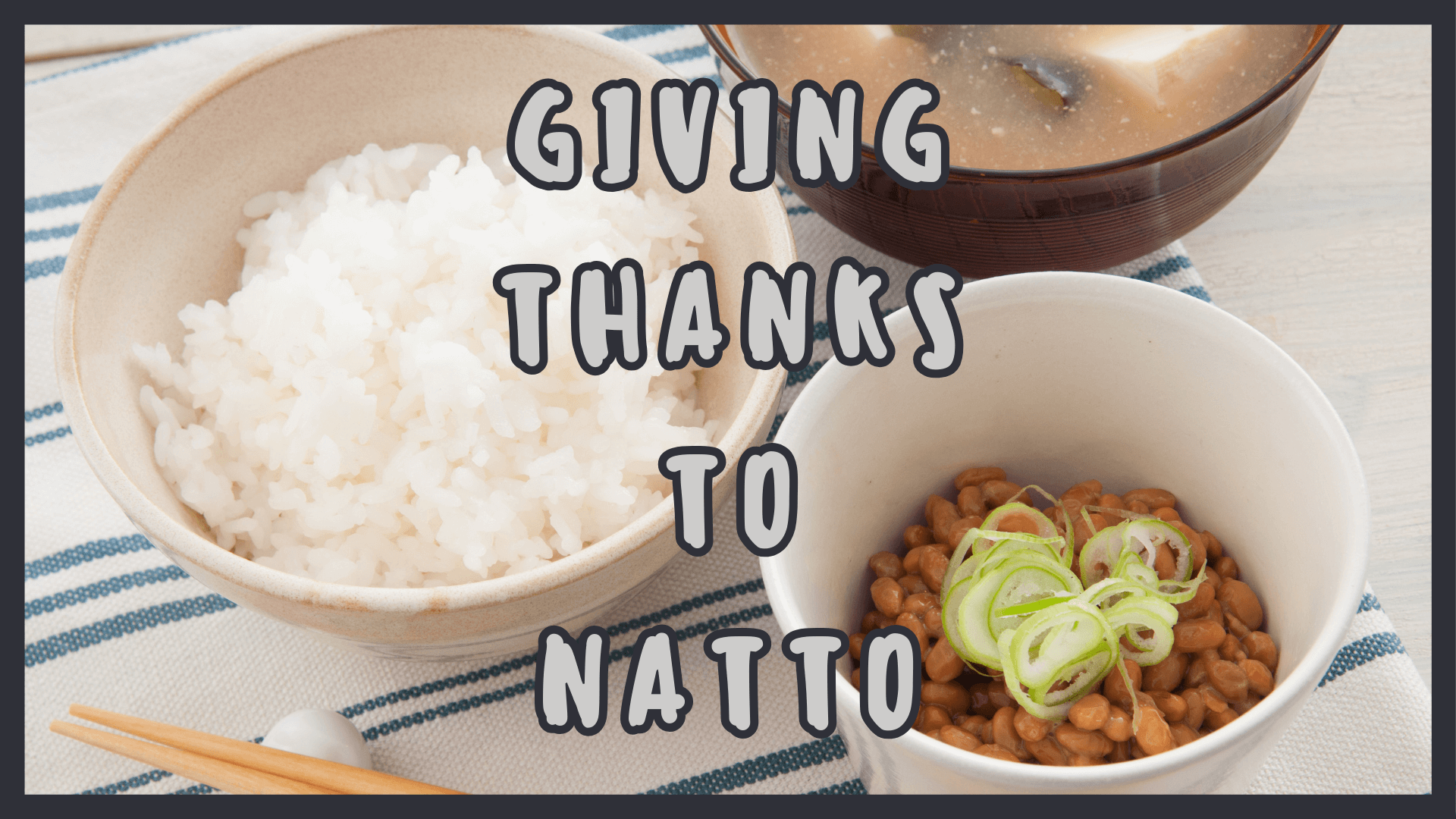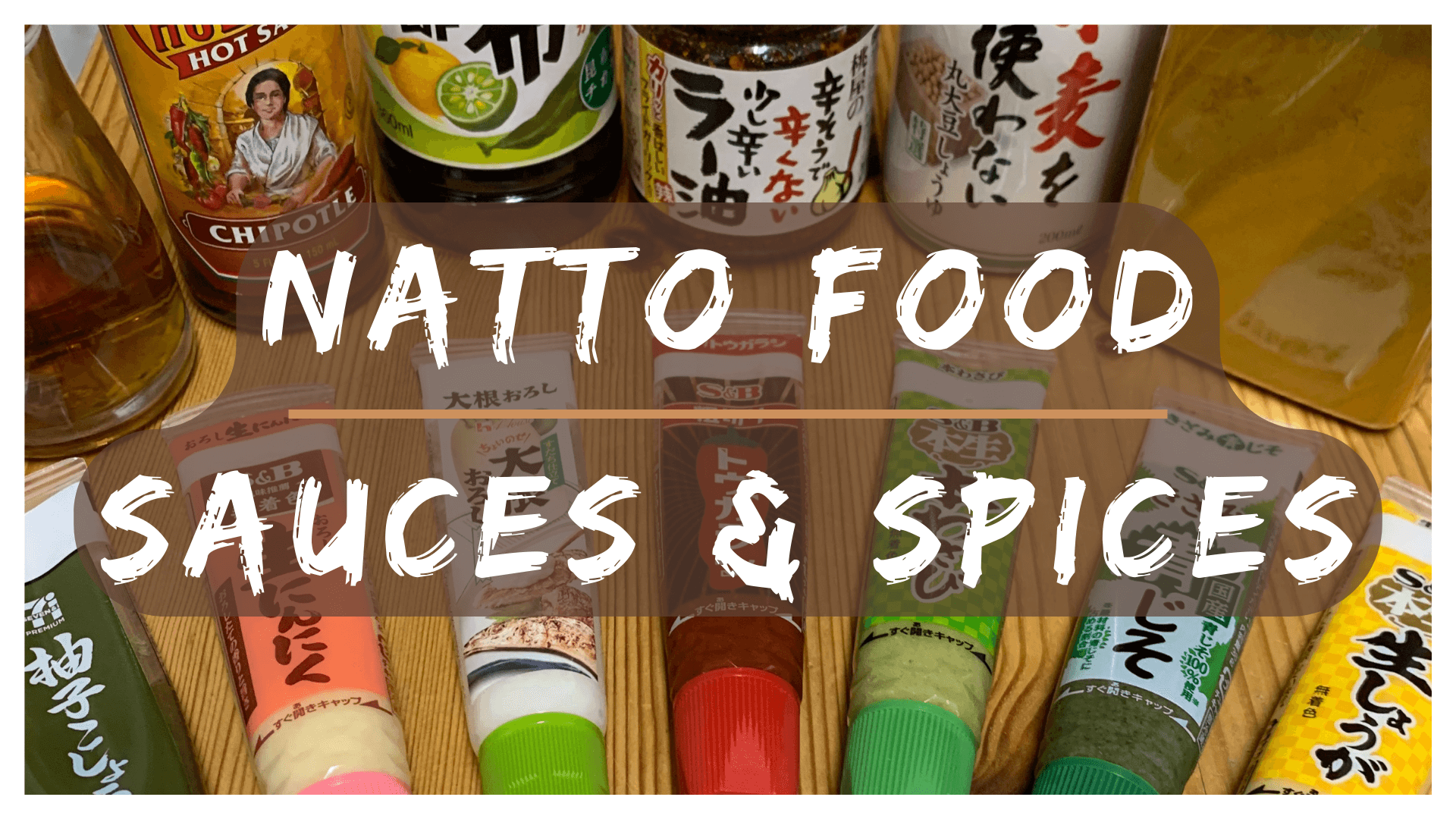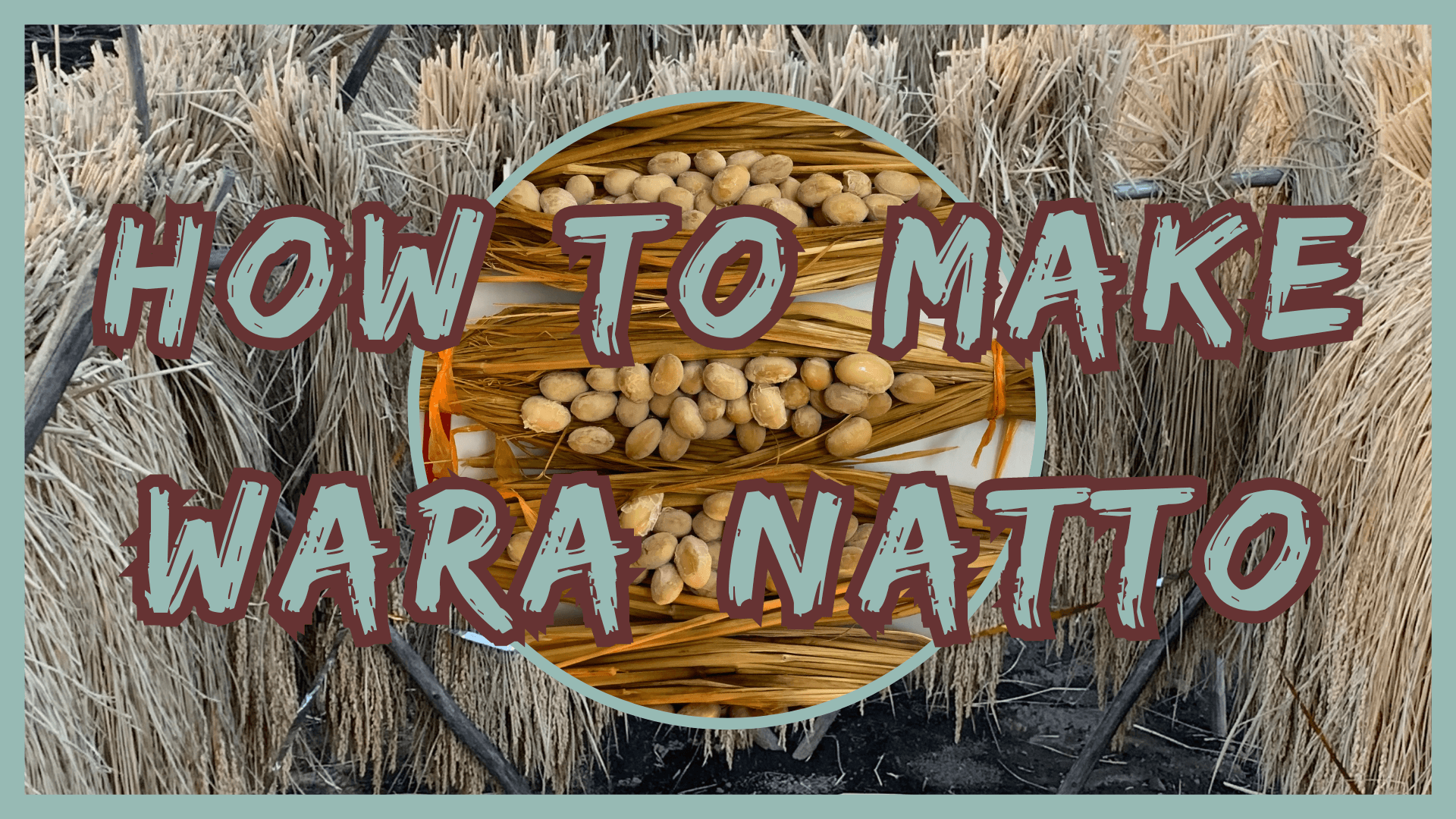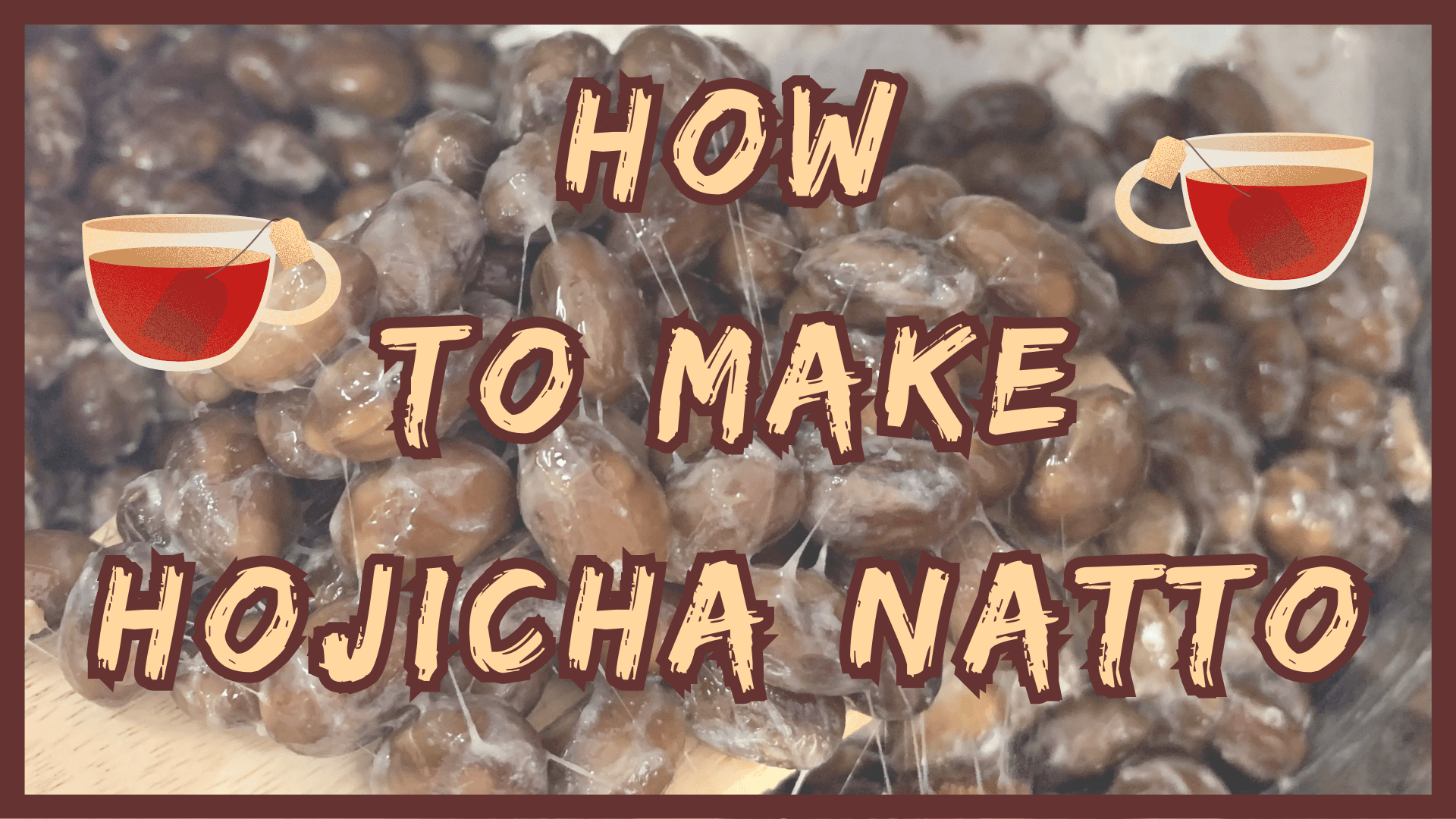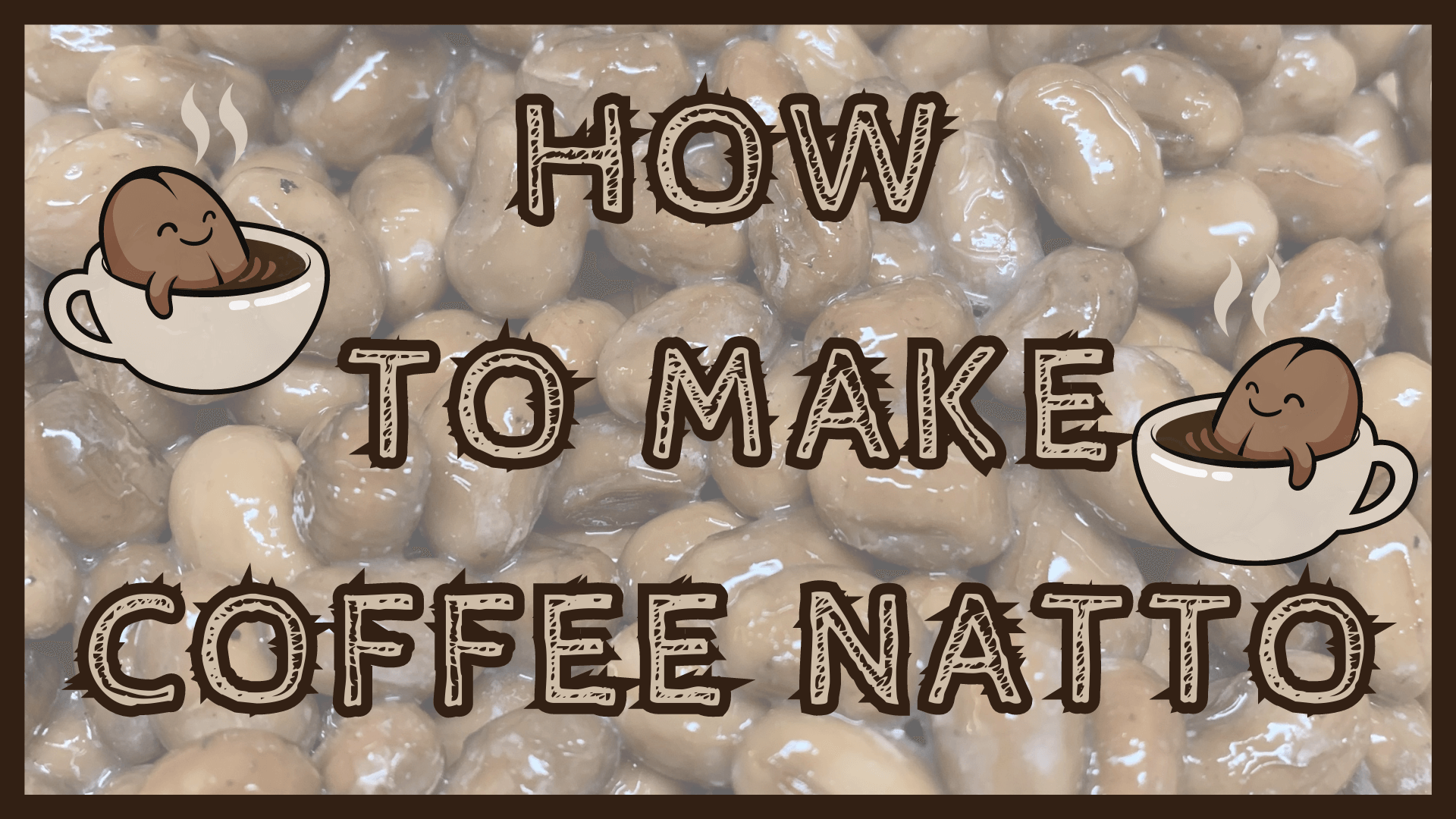- Natto
- Breakfast Culture
- Natto in Japanese Cultural Celebrations
Natto In Japanese Cultural Celebrations
Welcome to a fascinating exploration of natto in Japanese cultural celebrations.
Let's unravel why these humble fermented soybeans hold such an esteemed position in Japan's societal fabric and their continued importance to the Japanese people.
With roots deeply embedded in Japanese culinary history, natto's significance transcends beyond just being food to become a symbolic element associated with Japanese culture, traditions, and celebrations.
It's not just about flavor; it's an emblem of the nation's heritage.
Given the influence natto enjoys in Japanese breakfast culture, it's not surprising to find its presence echoing in the country's vibrant festive celebrations.
As our journey toward the understanding of "Natto in Japanese Cultural Celebrations" begins, let's start off by taking a look at the importance of the process of natto fermentation.
Disclaimer: All the information in this article is published in good faith and for general information purpose only. If you wish to read in more detail about what to eat with natto, you can follow the designated link(s) in this article, or you can follow the link(s) in the "Sources" section.
Natto Talk
Want to chat about Japanese fermented soybeans and how you can better enjoy this Japanese superfood?
Subscribe to Natto Talk!
A monthly publication containing info about:
- Things relating to natto
- Simply Natto's "Natto Recipe of the Month"
- Japan and its culture
- Updates made to the Simply Natto website and its social media pages
- Any upcoming product drops or projects
So what are you waiting for?
Fill out the form below and join.
I look forward to sharing my natto journey with you and learning about yours.

Natto in Japanese Cultural Celebrations:
The Significance of Natto
Let's start off by looking at how natto is made.
To make natto, soybeans are first soaked for a number of hours.
Then the soybeans are steamed (or boiled).
A bacterium called Bacillus subtilis natto is then added to the soybeans, which is needed for turning the boiled soybeans into natto.
While keeping the soybeans at a constant temperature of 40ºC for about 20-24 hours, the bacterium multiplies and creates a sticky, stringy biofilm.
Though it makes these beans appear less appetizing, this protective environment holds various enzymes and produces nutritious benefits that are nothing short of amazing.
Here's how you can make your very own homemade natto goodness.
This process holds an auspicious significance in Japanese culture symbolizing transformation, renewal, and good luck.
The presence of natto in cultural celebrations is a reflection of these cherished principles.
In the celebration of the New Year, a key festival in Japan known as "Oshogatsu," there is a traditional meal eaten, which is known as "osechi-ryori."
Each dish in "osechi-ryori" symbolizes a particular wish for the coming year, and in some regions of Japan, fermented soybeans are also included.
For many Japanese people, natto is a testament to longevity and health, and including these sticky, stringy beans with your "osechi-ryori" is a great way to start off your new year on the right foot.
Or better yet, a "healthy" foot.
In spring "Hinamatsuri" (Doll Festival) is celebrated, and a traditional meal eaten at this time is called "chirashi-zushi."
Chirashi-zushi is a bright and festive dish made up of sushi rice with a variety of vegetables mixed in, and cooked ingredients scattered on top (1).
The diversity of ingredients in this dish emphasizes unity, harmony, and prosperity.
Though not commonly eaten together, adding natto to chirashi-zushi makes this celebratory dish even more colorful, while also highlighting health.
How to make homemade "Chirashi-zushi."
The shared desire of maintaining health and welcoming good fortune helps to understand why natto's importance continues in cultural celebrations.
The universal sentiment of well-being is encapsulated by these fermented soybeans, thus influencing their significance in Japanese celebrations.
Simply Natto: Natto Lingo

お正月
(oshogatsu)
"oh-show-gah-tsue"
(say the "ts" in "tsue" at the same time)
- New Year
おせち料理
(osechi-ryori)
"oh-se-chee-ree-oh-ree"
(slightly roll the "r" in "ree")
- NewYear dishes
ひな祭り
(hinamatsuri)
"he-nah-mah-tsue-ree"
(say the "ts" in "tsue" at the same time)
(slightly roll the "r" in "ree")
- Doll Festival
ちらし寿司
(chirashi-zushi)
"chee-rah-she-zoo-she"
(slightly roll the "r" in "rah")
- A bright and festive dish made with sushi rice, a variety of vegetables, and cooked ingredients scattered on top
Natto in Japanese Cultural Celebrations:
A Festive Natto Feast
It's heartening to note the enthusiasm for ethnic foods demonstrated by Japanese society, evident in the way natto, despite its peculiar flavor, has been welcomed and celebrated decade after decade.
Natto's popularity finds resonance even in modern celebrations.
With its flexible flavor profile, you can find natto in a variety of festive dishes, from traditional offerings (mochi topped with natto) to modern fusion delicacies (natto spaghetti) showing the strong desire to maintain the natto tradition.
Make your own natto rice cake.
The resilience of the natto tradition is also a reflection of Japanese culture's adaptive nature.
There’s a beautiful balance between preserving tradition while adjusting to the changing times, a unique characteristic that adds color and continuity to these festive natto feasts.
Despite its unique taste and texture, natto has made a niche for itself amongst the Japanese gastronomical landscape.
Festive ways to enjoy a natto feast.
To fully appreciate how natto helps to create a festive dish, it's crucial to understand the subliminal messages it carries.
Which is that the emphasis placed on the health benefits of natto resonates with the Japanese sentiment of maintaining a holistic well-being.
Discover more about natto's health benefits.
At times, natto might seem like an acquired taste but the cultural richness behind it cannot be undermined.
The high regard for these fermented soybeans is evident not only in its national representation, but also in its influential presence at home in daily meals.
Natto in Japanese Cultural Celebrations:
Giving Thanks to Natto
Our understanding of natto in Japanese cultural celebrations won't be complete without acknowledging the contribution that natto brings to the table.
Packed with flavor, nutrition, and cultural significance, natto steadily claims its prominence in the Japanese cuisine.
Being aware of the cultural heritage and the sentiments attached to natto only enriches one's perspective and appreciation towards ethnic food.
Natto’s importance then can be seen as a reflection of how Japanese society values their past while embracing the future.
It’s a fine example of how a humble ingredient can encapsulate a nation’s beliefs and traditions.
In remembering the narrative behind natto, we remember the hands that have cultivated it, fermented it, and included it in celebrations for centuries.
Each element contributing to the fervor of cultural celebrations, each flavor narrating a piece of history.
Natto in Japanese Cultural Celebrations:
What Next?
Natto is a food that holds an importance to the Japanese people and a significance in the various Japanese cultural celebrations.
Beyond its rich flavors, natto remains a symbol of Japanese cultural heritage, reminding us all of the beautiful relationship between food and culture.
Japanese fermented soybeans are a testament to the perseverance of traditions, the love for good health, and an integral fragment of Japan's cultural spirit.
Remember, there’s an entire world out there waiting to be explored one plate at a time, starting with natto!
いただきます。"ee-taw-daw-key-maas" - Let's Eat!
Sources:
Keep up with the latest Natto Goodness by following Simply Natto on social media
The Latest Natto Talk
-
Natto Food with Sauces and Spices
Natto food with sauces and spices is a traditional and simple way for you to enjoy natto. It's a great way for you to savor some fermented soybean goodness. -
How to Make Wara Natto
Let's learn how to make wara natto. For centuries, Japanese natto has been made using rice straw, and now you can make it too. -
How to Make Natto with an All-In-One-Pot
Let's learn how to make natto! I'm going to show you how to make your own sticky, stringy beans using an all-in-one-pot. -
How to Make Hojicha Natto
Let's learn how to make hojicha natto! I'm going to teach you how to make your own sticky, stringy beans with a roasted green tea twist in 6 easy steps. -
How to Make Coffee Natto
Let's learn how to make coffee natto! I'm going to teach you how to make your own sticky, stringy beans with a java twist in 6 easy steps.
